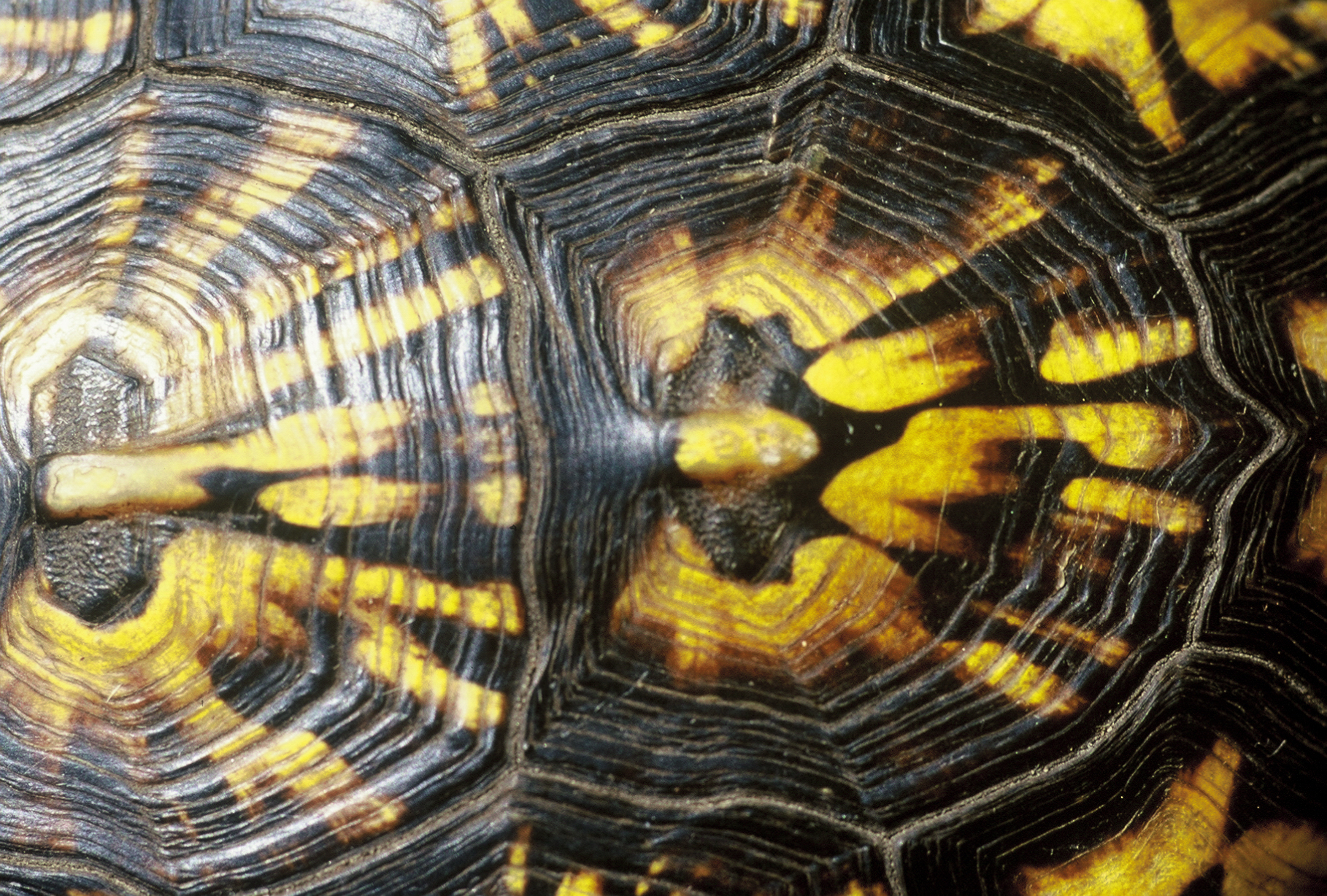


currently unavailable This was another holly species I grew at my farm due to its high volume of fruit. Every time I saw it in arboretums in the south, I was amazed at the amount of fruit which often stayed in good shape throughout the winter which was always bright red in color. Since I had found a more northern source of it from someone who was aware of the plant, I exchanged seed and grew quite a few of them before taking some of the most vigorous plants and then planting them on top of a hill that was rather wind swept. These plants hobbled along until eventually the roots were established in roughly three years of time. Since then I have limbed up the trees and they began fruiting. It took roughly 15 years to fruit from seed. The plants started flowering at 8 years of age. Now I am trying to manage some of them like crabapple trees with a single trunk.
Possumhaw holly could be developed further into more northern forms of ornamental plants as well as plants useful for the floral industry. This species in particular hangs onto its fruits later without discoloration. This would have to be tested further. The trees themselves always have clean foliage and are very resistant to drought and frost. Since it is considered a wetland tree, it is surprising to have it grow so luxuriantly in landscapes as well as the top of a low organic sand dune type soil I have. The seedlings from this strain may be slightly more hardy than the named varieties found as many of them are from southern seed stock originally. This one is the most northern I am aware of.
Has great potential as a street tree, windbreak tree and fruiting wildlife tree useful for many applications. Ilex is normally not considered a genus used much other than the blue hollies found at most garden centers.
To germinate the seeds: Seeds are doubly dormant and require two periods of warm, cold and warm to germinate. Plant outdoors and let nature takes its course. Lightly cover seeds with sand and peat mix. Seeds will spout heavy in the second spring and again in the third year. Some seeds will sprout after one year too but normally not too many. Putting the seeds in a flat and covering with screen you can prevent the seeds from being consumed and get a good yield if done in a polyhouse as a kind of outdoor dormancy but protected.
| Plant Specs |
| Genus & Species |
Ilex decidua |
| Seed Source |
Michigan-originally collected in the northern part of its range along the east coast from cultivated plants. |
| Hardiness |
-25F |
| Pollination Requirements |
Trees from seed produce a male female ratio at 50 percent. Both are required for fruit set. |
| Climate |
Zone 4-9. Tolerates a lot colder than most people think. |
| Ease of Cultivation |
This makes a nice small tree and could be used in the same way deciduous holly is for its cut branches. There is quite an array of trees in our planting and the best ones appear to be the strongest growing meaning they are the first to fruit from seed. They can be limbed up easily to have a single trunk. The trees have had at least minus 25 F once. |

